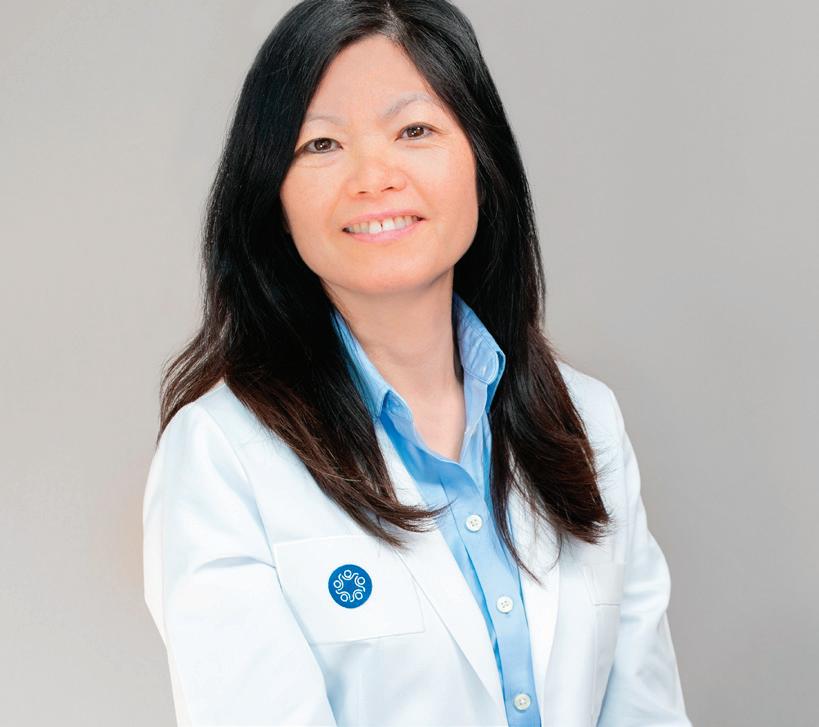
2 minute read
Ask our Doctor of Dental Surgery: Dr. Van Anh Dastur
Regular dental checkups for school-aged kids are important to prevent cavities, the most common chronic disease in this age group. Cavities can cause pain, difficulty eating, speaking, and even absences from school. Dr. Dastur enjoys every opportunity to educate and empower all patients, “Our team of dentists and dental assistants, work together at every appointment to assess our patient’s cavity risk and suggest good oral health habits that our patients can adopt for healthier teeth and a healthier mouth. It’s a standard that we practice at Saban to engage and motivate our patients.”
Here are some tips from Dr. Dastur to create an A+ dental appointment.
1. Timing is everything
Time of day can make or break a young child’s appointment. If your child is used to a nap or has a tough time waking up after a nap, take that into consideration when booking your appointment.
For older children, avoid cramming in a dentist appointment right after school or camp, they may not have the energy or capacity to handle a dental visit.
2. Be honest
Parents should be aware of how they communicate with their children about dental visits. Instead of making promises like “it will only hurt for a little bit,” encourage your child to ask the dentist any questions they may have. Our pediatric dentists specialize in providing pain-free care and can help your child feel comfortable and at ease during the visit.
3. Keep it cool
If your child becomes upset during the visit, work together with the dental team to address their concerns and reduce anxiety. Let the dentist lead the conversation and jump in when necessary to help build a positive relationship between your child and the dentist. Our pediatric dentists are committed to providing trauma-free visits for both children and parents.
Make an appointment today!
• Chat with us online
• Call us at 323.653.1990
• Log into MyChart
DID YOU KNOW?
Dental disease causes children to miss more than 51 million school hours each year.







